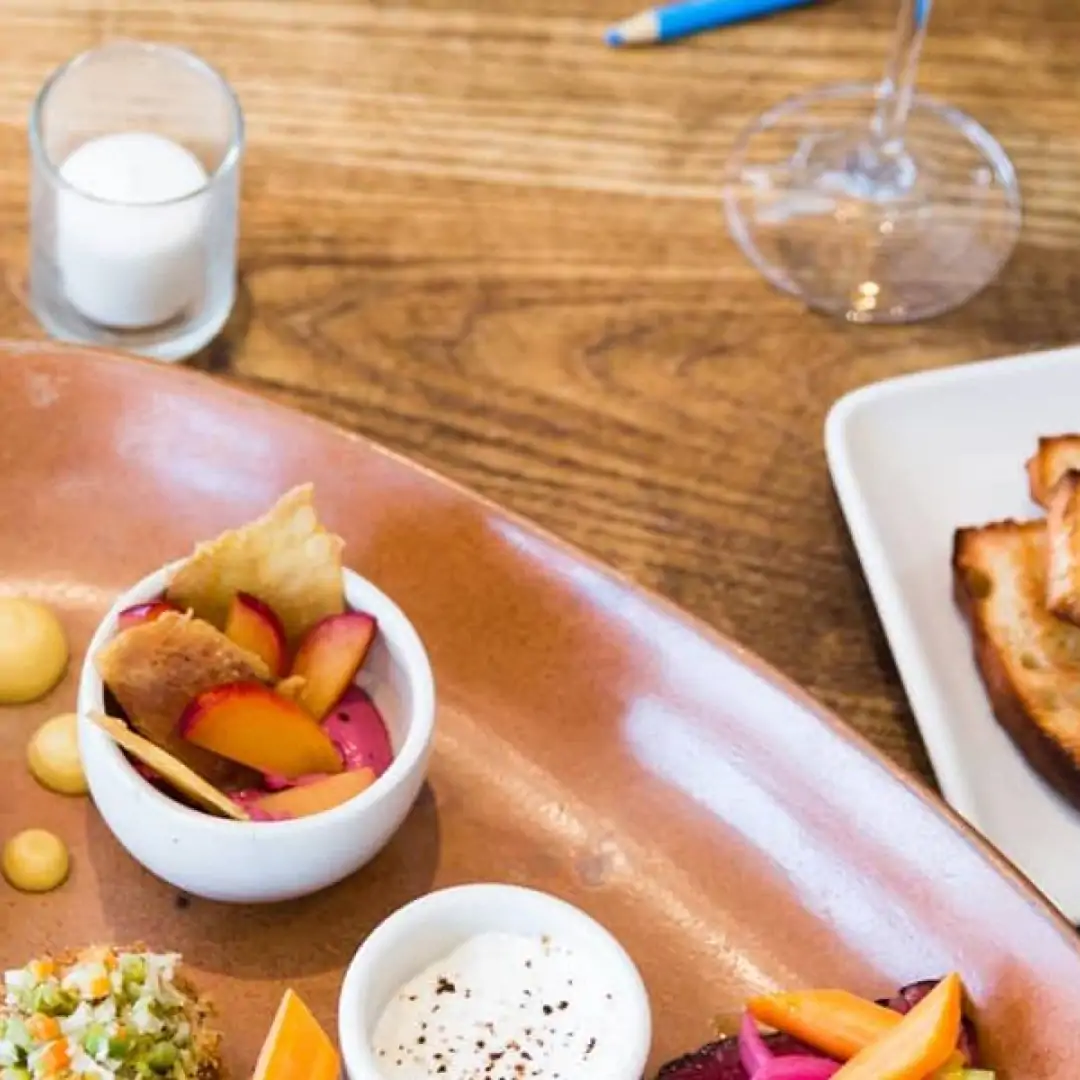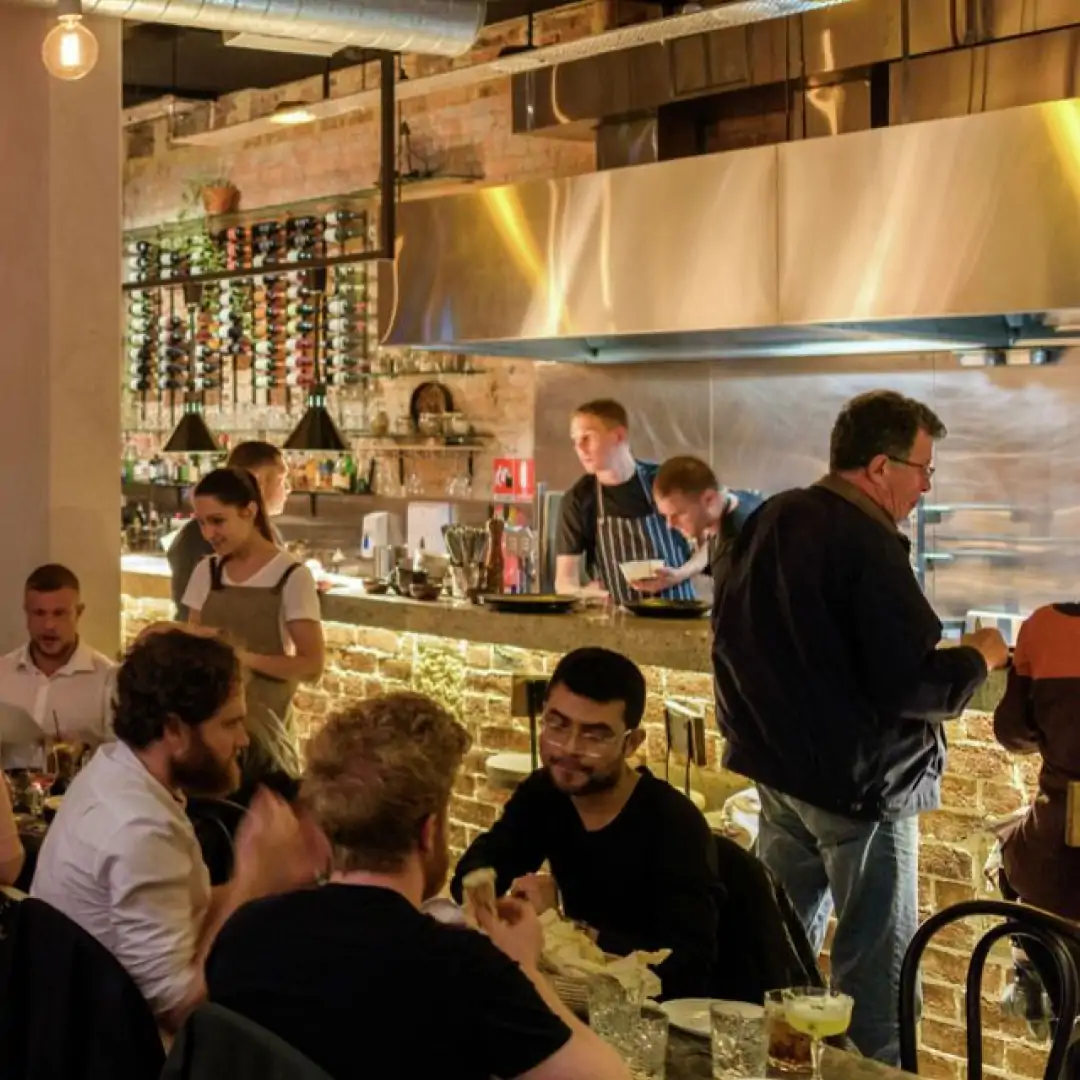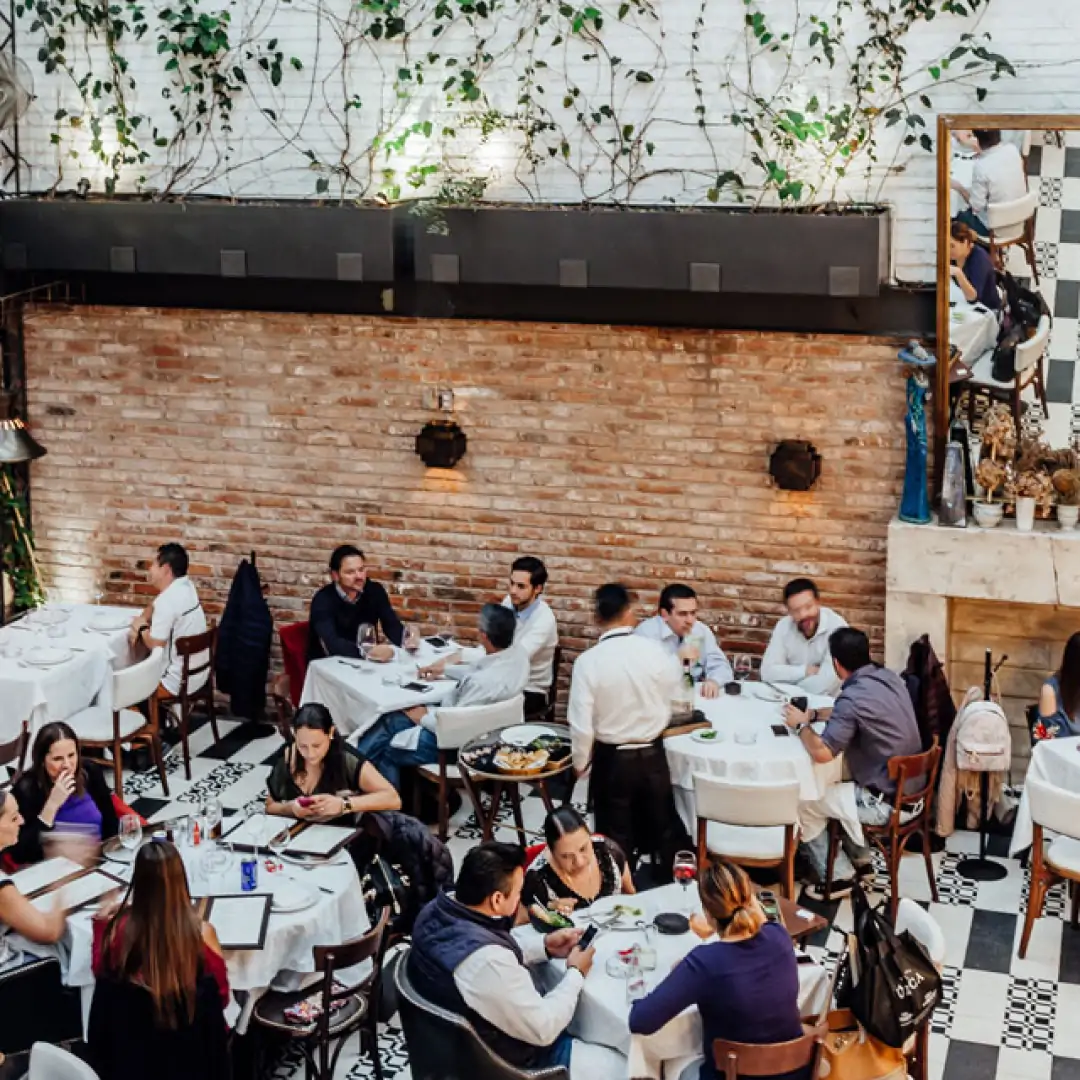Once the work to build your new restaurant has begun, it’s time to decide what you need to buy to equip the front and back of house with everything you’ll need. You’ll be buying a whole slew of items that are smaller than a walk-in refrigerator but are just as critical: plates, glasses, uniforms, pots, and pans. These tips outline key considerations to help you make smart buys before and after your restaurant opens.
What do you need?
The exact items on your shopping list will depend on your concept. What you have already picked out with your designer, architect, and contractor? And what is your budget? Here’s an incomplete list of things you’ll probably need:
Front of house
- Plates
- Glasses
- Flatware
- Serviceware (tea and coffee pots, marking trays, service trays, water pitchers, salt and pepper grinders, etc.)
- Bar wares
- Tabletop decor (vase, votive holder, etc.)
- Linens
- Uniforms
- Menu covers and paper (food, wine, cocktail)
- Check presenters
Back of house
- Pots and pans
- Cooking utensils (tongs, knives, spatulas, mixers, etc.)
- Kitchen small wares (cutting boards, etc.)
- Paper and plastic supplies (deli containers, paper towels, toilet paper, to-go boxes and bags)
- Plate, silverware, and glass racks
- Cleaning supplies
- Storage racks
- Uniforms
- Office supplies
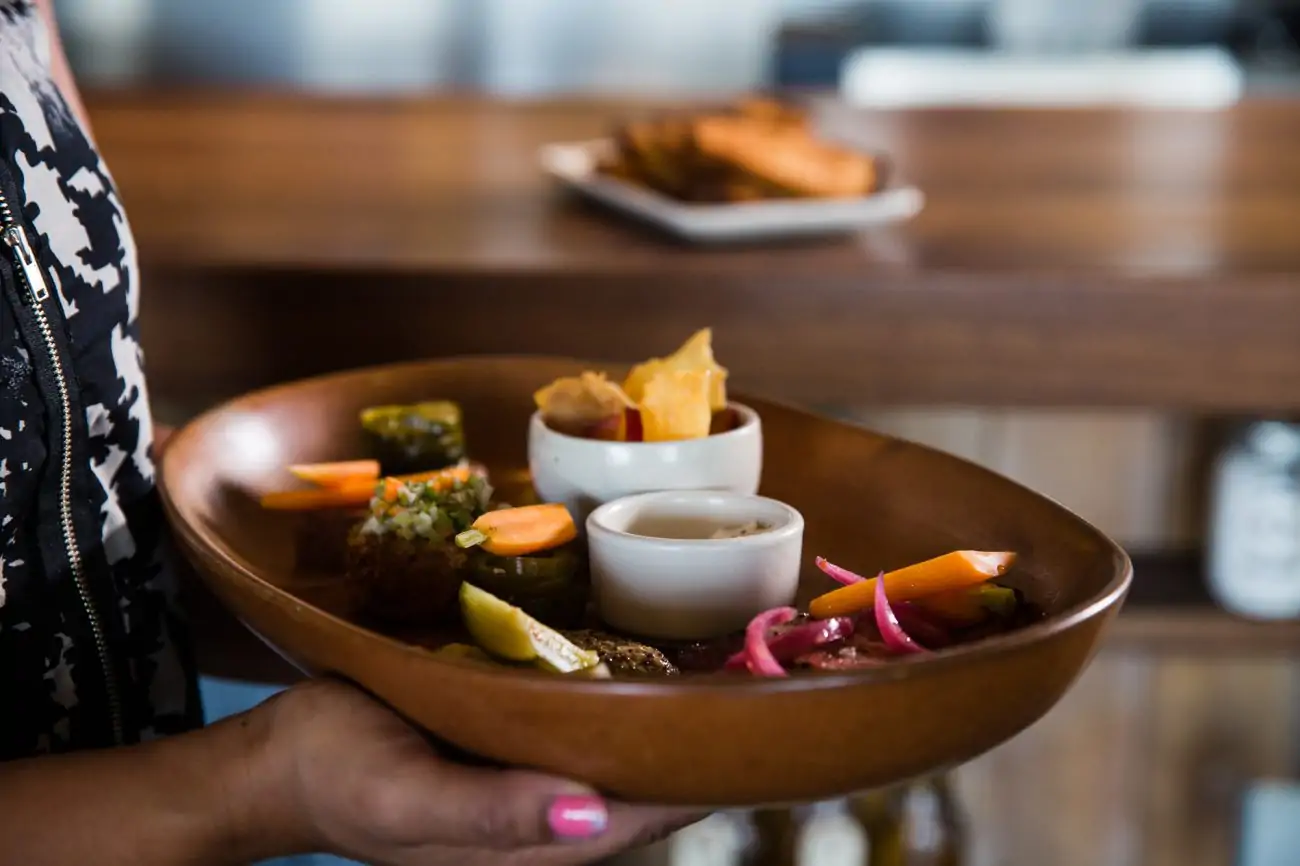
Key considerations
The four most important factors to weigh when deciding what to buy are cost, lead time, durability, and brand consistency. Even though your opening orders will be your biggest, they certainly won’t be your last—those $40 plates that break when you look at them the wrong way and take two months to import will be a pain in your P&L for as long as your restaurant is in operation.
1. Cost
Money will likely be the greatest determinant in what you decide to purchase for your restaurant. That doesn’t mean every restaurant owner should spend as little as possible on every item, but it does mean you should consider where investing more will actually produce a tangible outcome for your team and guests. Even in fine-dining restaurants, there are always opportunities to save money without sacrificing anything of importance. Here are a few money-saving tips from our experts:
Decide what you want to invest in before you start looking. Once you have catalogs, samples, and reps in front of you, it’s going to be hard to decide objectively whether a beautiful steak knife is worth the price. Make a master list and go through it line by line to figure out where it makes sense to spend and where it makes sense to save.
For example, you might want to spend more on flatware with buffed handles, which hide wear and tear. Flatware isn’t fragile, so it’s reasonable to assume you’ll be using it for a while. On the other hand, though it may be tempting to buy expensive water glasses because they’re always in front of guests, they break often. It’s wise to get water glasses that work with your overall aesthetic, but don’t break the bank.
Whatever you are buying, get multiple quotes and negotiate pricing. In many markets, there are multiple distributors that can sell you the exact same thing. Do your research and make sure you’re comparing apples to apples. Some reps will give you one price (usually lower) for your opening order and then a different price for all subsequent purchases, while others will give the same price across the board. And regardless of how many competitive bids you get, always try to negotiate down before purchasing.
Think outside the box, but understand the trade-offs. Searching for unusual service pieces or used equipment at a flea market or consignment store can be a great way to save money and bring cool items into your restaurant. However, keep in mind that most secondhand finds won’t be designed for commercial use, meaning they will be breakable and impossible to replace with the exact same item. The eclectic aesthetic also needs to be consistent with your brand as a whole, or the confusion it creates for guests will negate your cost savings.
Don’t buy everything in time for day one. Keep your purchasing strategy focused on everything you really need, not on everything you really want. Aaron London, the owner of AL’s Place in San Francisco, explained that his mindset when opening AL’s Place was to start small in order to preserve working capital for his first months of operation and then build, grow, and add slowly.
Some things he held back on? “I couldn’t afford nice plates so we bought the cheapest ones possible to start and now we have singular plates made by local potters, but that took time. Another big one was the patio. If I’d taken on all of that expense upfront—tables, chairs, awning, heaters, extra china glass, and silver—I would have had no operating cash flow and I wouldn’t have been able to recover from unexpected expenses.”
Weigh all the factors when choosing quantities. Some distributors will offer price breaks when you buy certain quantities, which can be great—but it can also be a quick way of taking over all of your storage space and leading you into spending more money than you need to.
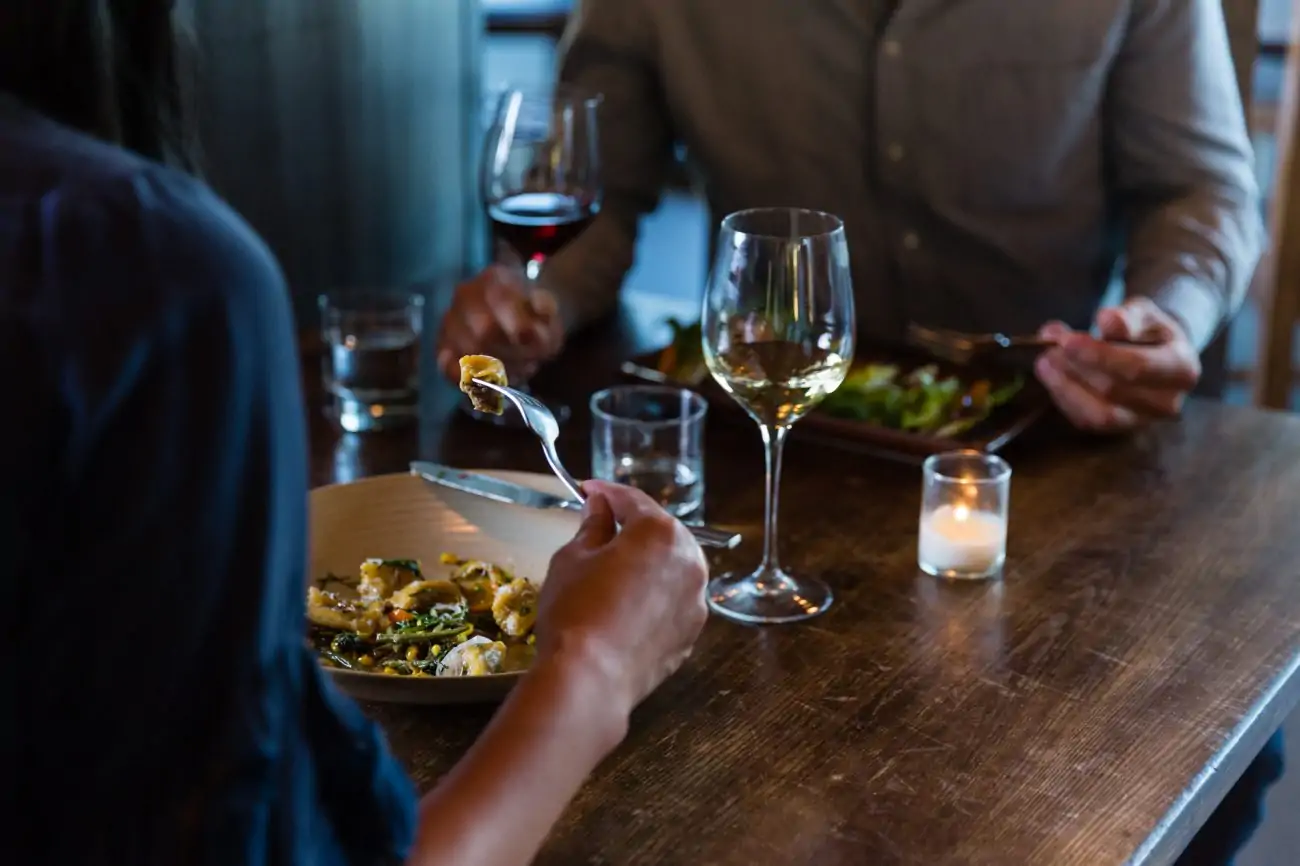
Lead time for items in your kitchen or your dining room will impact your initial purchases and is often even more detrimental once operations are in full swing. When Aaron opened AL’s Place, he was on a strict timeline to get the restaurant up and running as soon as he had to start paying rent, so anything that could potentially affect his opening date was automatically dismissed.
If you do have the luxury of time in your opening process, consider challenges you may face if you realize you’re low on a certain bowl or glass and it takes six weeks to get it. This is common with pieces that have some sort of custom element, like branded plates or uniforms. If you do purchase items with long lead times, make sure that you have a solid inventory and ordering system in place.
3. Durability
Think about how frequently you’ll have to replace things when you’re deciding what to buy. The reality is, you’ll be replacing glasses every month so keep that in mind as you shop. Choosing a less breakable design will mean you’re replacing fewer glasses and plates over time. Objects that can hold up to the kind of hard use they’ll be getting in a restaurant can be a very good value.
4. Brand consistency
Every purchase you make needs to tie back to your brand because everything that a guest or employee sees, touches, wears, or uses will give them a data point about what your restaurant stands for.
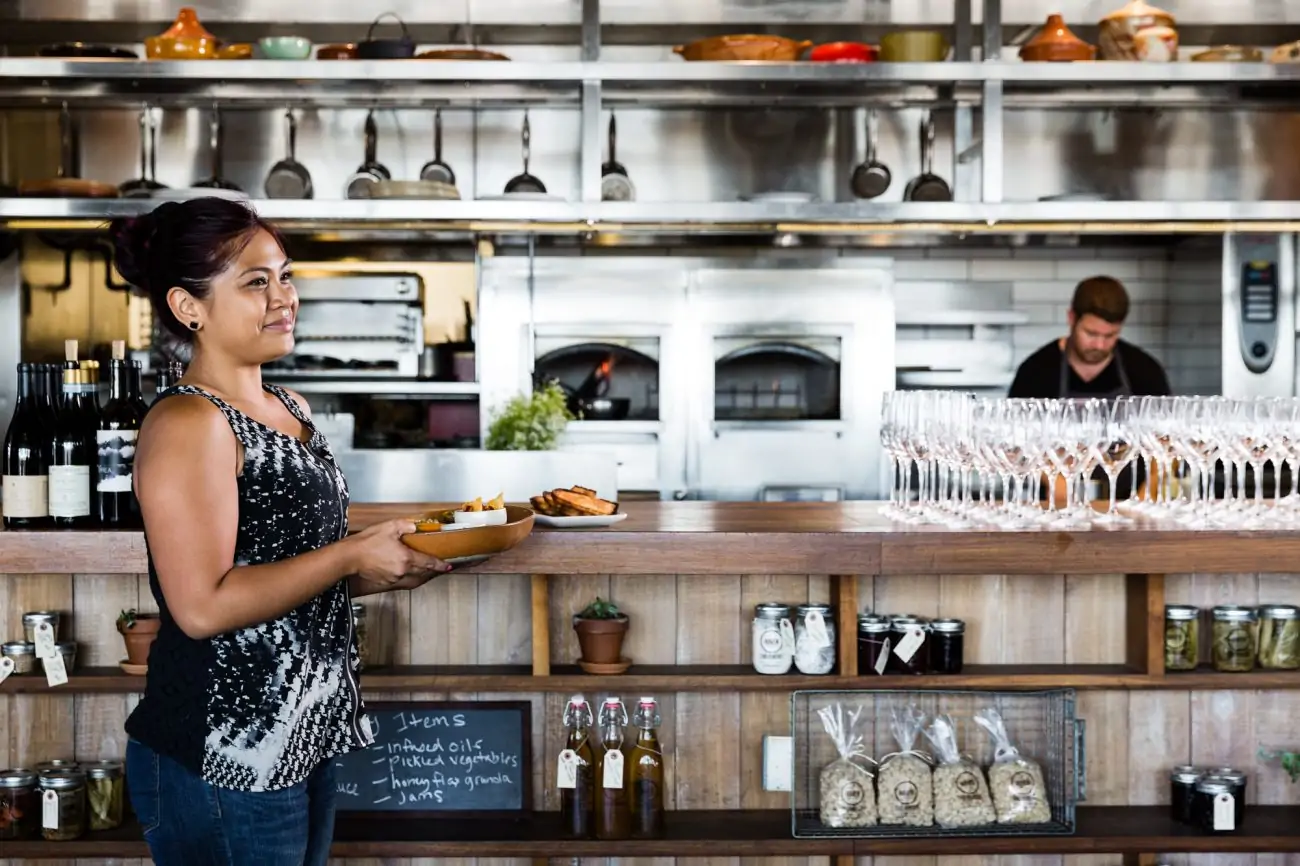
Post-opening purchasing
Opening day will come and go quickly, and it will be all too easy to forget to check pars on uniforms, to-go boxes, and wine glasses. Get ahead of the game: build organized order sheets, set up inventory days, and delegate ordering responsibilities before you open so that everyone understands their part right out of the gate.
Build order sheets
By the time you’re placing pre-opening orders, you’ll have spent hours reviewing pricing, looking at quote sheets, circling product numbers in catalogs, and talking to reps. Once you’ve placed orders, either use the final invoices or ask your distributors to put together a list of everything you purchased, including the name of the item, item number, size specifications, lead time, price, and the quantity you’re starting with. Include purveyor contact information and par levels so it’s easy for anyone to figure out how to place an order.
Then consolidate these lists (hiding columns you don’t need on a regular basis) into one that’s based on how you organize your restaurant.
Take inventory regularly
Most restaurateurs are pretty comfortable with taking food and beverage inventory at the end of every month (or sometimes even more frequently). But many operators don’t even think about taking inventory of china, glass, silver, uniforms, menu paper, or the many other things that can suddenly go from being fully stocked to 86’d. Once your order sheets are built, calendar inventory dates and be clear about who on your team is responsible for performing inventory and following up with necessary ordering.
When you’re opening a new restaurant, there’s a lot to think about. All the small choices about how to equip your front and back of house need your attention, too. Attending to these matters now, before you even open your doors, can help save you time, money, and headaches down the line.

